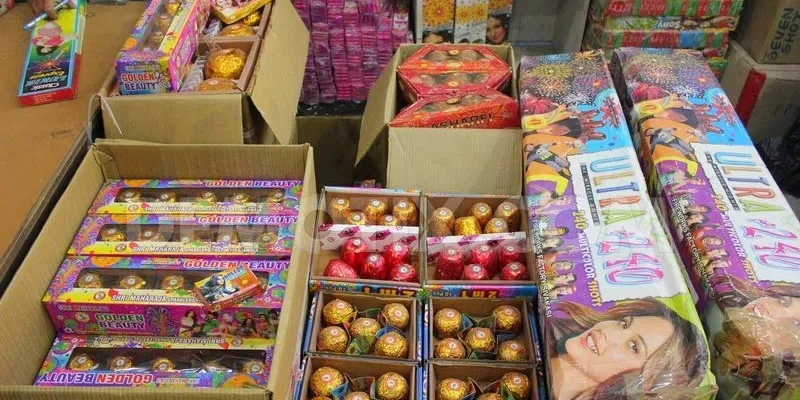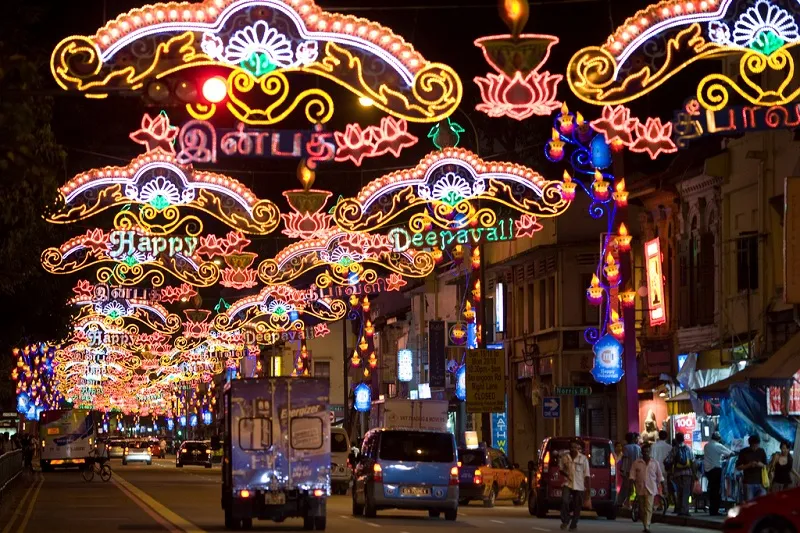Dull Diwali in Sivakasi as demand drops, units close
Many of us would have grown up buying Diwali crackers bearing the Standard Fireworks brand name on sparklers, flower pots, rockets, twinklers and noisy firecrackers bunched together with the wick at the tip, which could wake up an entire colony when set alight.

Founded by N.R.K. Rajarathnam in 1942, Standard Fireworks has been the flag-bearer for Sivakasi where cracker manufacturing moved from being a cottage industry to an industrialised hub with combined revenues touching Rs 2,500 crore per year.
This small town in Tamil Nadu is where a majority of Indian crackers are made by an army of workers. But, the industry has been reporting a 20 percent year-on-year dip in sales for the last five years. An Assocham study released a few days ago corroborates the industry’s concerns. Its report blamed the entry of Chinese crackers as well as awareness campaigns by schools and Resident Welfare Associations across the country urging citizens to have a pollution and noise-free Diwali.
These awareness drives have had a nasty effect on Sivakasi where an estimated 30,000 workers have lost their jobs following the closure of manufacturing units.
“It has been a dull Diwali for us,” says PCA Asaithambi, President, Tamil Nadu Fireworks and Amorces Manufacturers’ Association. “Already, we are reeling under the threat of the cheap but dangerous Chinese crackers flooding the market. Our manufacturing cost has also gone up considerably and we can no longer keep the price down. The demand has also been reducing through the years forcing many units to shut.”
Sivakasi units earn Rs 2,500 crore during this season alone and the losses are mounting despite a ban on the sale of cheaper Chinese crackers that have been flooding the market. These units are also being shut due to higher production costs which came about as they had been asked to take several safety measures after a deadly factory fire in which 54 workers were charred to death in 2012. This year too nine people were killed in a godown fire accident.

Sources in Sivakasi said a majority of the workers were not paid pre-Deepavali bonuses, as the festival is known in the south. The market for Chinese crackers in India, the sale of which the Delhi government has banned this year, has reportedly touched Rs 50,000 crore. This, despite no import licences being issued to traders from 2014 and the centre asking the Customs department to strictly watch out for China-made crackers at all landing points.
In Delhi and other cities, Chinese crackers are being wrapped in `Made in India’ packages but the strategy is not paying off as there has been a wave of boycott calls of Chinese-made products, especially in the light of China’s continued support to Pakistan after the Uri terror attacks.
No doubt, the Chinese crackers are more spectacular, colourful and innovative compared to the ones made in Sivakasi, but they are lethal as they contain banned chemicals, the industry says.
Asaithambi said
Chinese crackers are ignited by friction or by connecting to batteries that make them more dangerous. They also contain chemicals prohibited in India – chlorate of potash mixed with sulphur ‑ which is harmful to inhale as well as open to higher intensities of explosion when lit. The battery-operated crackers pack a deadlier punch and can easily devastate a small area if it explodes on ground instead of in the sky.
Assocham Secretary-General R.S. Rawat said a study in 10 cities across the country revealed that concerns over rising air and noise pollution, discomfort to pets, celebratory and media endorsements have taken a toll on sales.
Banning Chinese crackers was a welcome move which was aimed at strengthening the domestic industry. However, growing criticism of bursting crackers and the negative publicity along with rising pollution levels eventually led to a slack growth of the industry.
Added Rawat,
Of course, it’s not just the entry of cheaper Chinese crackers and higher environmental awareness, there are other factors such as rising cost of living, higher awareness to save money, costlier products, paucity of time and a habit of e-shopping that has shrunk the size of the business.
Muthu Krishna, a regular buyer of Sivakasi crackers, says the sector is highly unorganised starting with the price mentioned on the cardboard cracker packet. “For example, a box of rockets that explodes into stars clearly mentions Rs 1,200 including taxes on the packet, but the shop keeper is willing to sell it for as low as Rs 400. This happens only in this industry,” he says pointing out a lack of accountability as a high volume of this business is in cash.

The manufacturers are also being pressured by rising raw material cost while they cannot increase the selling price even by a small margin due to the fear of the Chinese crackers competing with them. In terms of its annual production, Sivakasi ranks second in the world after China, but comes out as a poor cousin in terms of the size of the business and market share.







